Join Canadian freelance writer Claire Sibonney (*) as she explores Hanoi's mundane yet fascinating coffee culture.
A very Vietnamese culture
On her first evening in Hanoi, Claire Sibonney enjoyed a cup of coffee at Dinh Cafe, tucked away in an old house overlooking Hoan Kiem Lake. Coffee is an integral part of Vietnamese culture, alongside the sacred temples steeped in history. The Canadian writer’s journey began with a visit to several cafes, from modern Western-style ones to classic, traditional ones like Dinh Cafe.
 |
| Dinh Cafe in an old house full of nostalgia. (Source: Dinh Cafe) |
In a cozy space with low wooden tables, stools and black and white family photos, Sibonney ordered a hot coffee with condensed milk, a traditional strong black robusta coffee with condensed milk. The barista placed the coffee in a filter and placed it on top of the cup, poured hot water over it, and watched the “flavor” of the coffee beans slowly seep and drip into the cup.
For Sibonney, the first sip of the thick robusta coffee was like a “lightning bolt” running through her, balanced by the sweetness of condensed milk. This was not the mild arabica coffee flavor that the writer knew and loved back home, Vietnamese coffee was bitter, strong and refreshing.
Sibonney said this was the first time she felt the uniqueness of Vietnamese coffee culture. To understand more about the origin and influence of coffee on the lives of Vietnamese people today, she sought out Mr. Tu Van Cong, an expert in the culinary world of Street Eats Hanoi. Mr. Cong said that Hanoi's coffee culture originated during the French colonial period, when French missionaries introduced coffee to Vietnam in 1857 and by the end of the 19th century, the first coffee plantations were established.
According to Mr. Cong, at first, coffee was considered the privilege of the elite, intellectuals and scholars. Over time, the Vietnamese gradually adapted the French coffee brewing method and created the filter, making the drink more accessible.
In addition, Vietnam is the world’s second largest coffee producer, after Brazil, and the leading source of robusta beans. The author argues that although robusta beans are often considered inferior by coffee experts, they are deeply ingrained in Vietnamese coffee culture.
Taste of life
According to the Canadian writer, locals are accustomed to the characteristic smoky bitterness, high caffeine content and the habit of adding condensed milk to balance the astringency of robusta coffee. This type of coffee is also adjusted to suit Vietnamese tastes through the creation of unique coffee variations.
A typical example is Hanoi's famous egg coffee, made by beating egg yolks with sugar until fluffy and smooth, then pouring it into a cup of coffee.
According to Mr. Anthony Slewka, manager of Sofitel Legend Metropole Hanoi, the oldest hotel in the capital, even if you are not a fan of this egg coffee, you can still feel the creativity in each layer of flavor. In 1946, when the national resistance war broke out, fresh milk in Hanoi became scarce. Therefore, Mr. Nguyen Van Giang, a bartender at Metropole Hanoi, created the foam layer of cappuccino for European customers by using whipped egg yolks.
 |
| Egg coffee is an attractive and unique drink for foreign tourists. (Source: Dinh Café) |
For Sibonney, coffee culture in Vietnam is deeply connected to young people and workers. After a long day at work, chatting over a cup of coffee has become a familiar mark of Vietnamese life.
Returning to Canada, Sibonney visited Cong Ca Phe in Toronto, continuing to enjoy Vietnamese coffee culture. There, she heard the manager tell the story of the low plastic or folding chairs that are ubiquitous in cafes, restaurants and sidewalks across Vietnam for their simplicity, accessibility and sense of community.
The writer was also eager to learn about the “robusta revolution” taking place in Canada and around the world. It was a great topic of conversation with strangers at Cong Ca Phe, reminding her of conversations in Vietnam. Sibonney was initially hesitant about the strong flavor of the bean, but now the drink is an opportunity for her to slow down, enjoy strong coffee with a little sugar, and feel the sweetness mixed with the bitterness of life.
During his journey to explore Vietnam, the Canadian visitor enjoyed coffee not only as a beverage, but also as a symbol of creativity, resilience and community. Whether it was a strong robusta or a unique egg coffee, each carried a story about the history, identity and ingenuity of the Vietnamese people. Above all, on every street corner, coffee was not only a source of energy but also a place to connect, confide and relax.
(*) The author is a freelance writer, editor, and content strategist with over 20 years of experience in journalism. His work has appeared in magazines such as National Geographic, WIRED, TIME, SELF, Teen Vogue, InStyle...
She has been a reporter at Reuters, digital director at Canadian Living, and an editor at the Huffington Post, Today's Parent, Fashion, and EnRoute. In addition to her editorial work, she teaches journalism at Centennial College (Canada).
Source: https://baoquocte.vn/ca-phe-ha-noi-duoi-goc-nhin-cua-du-khach-nuoc-ngoai-285598.html


![[Photo] Overcoming all difficulties, speeding up construction progress of Hoa Binh Hydropower Plant Expansion Project](https://vstatic.vietnam.vn/vietnam/resource/IMAGE/2025/4/12/bff04b551e98484c84d74c8faa3526e0)



![[Photo] Closing of the 11th Conference of the 13th Central Committee of the Communist Party of Vietnam](https://vstatic.vietnam.vn/vietnam/resource/IMAGE/2025/4/12/114b57fe6e9b4814a5ddfacf6dfe5b7f)





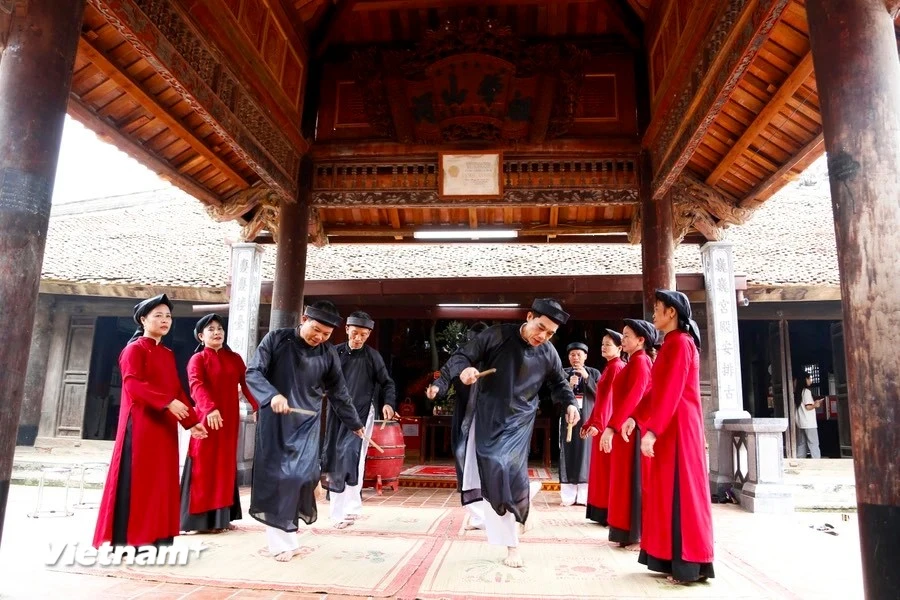

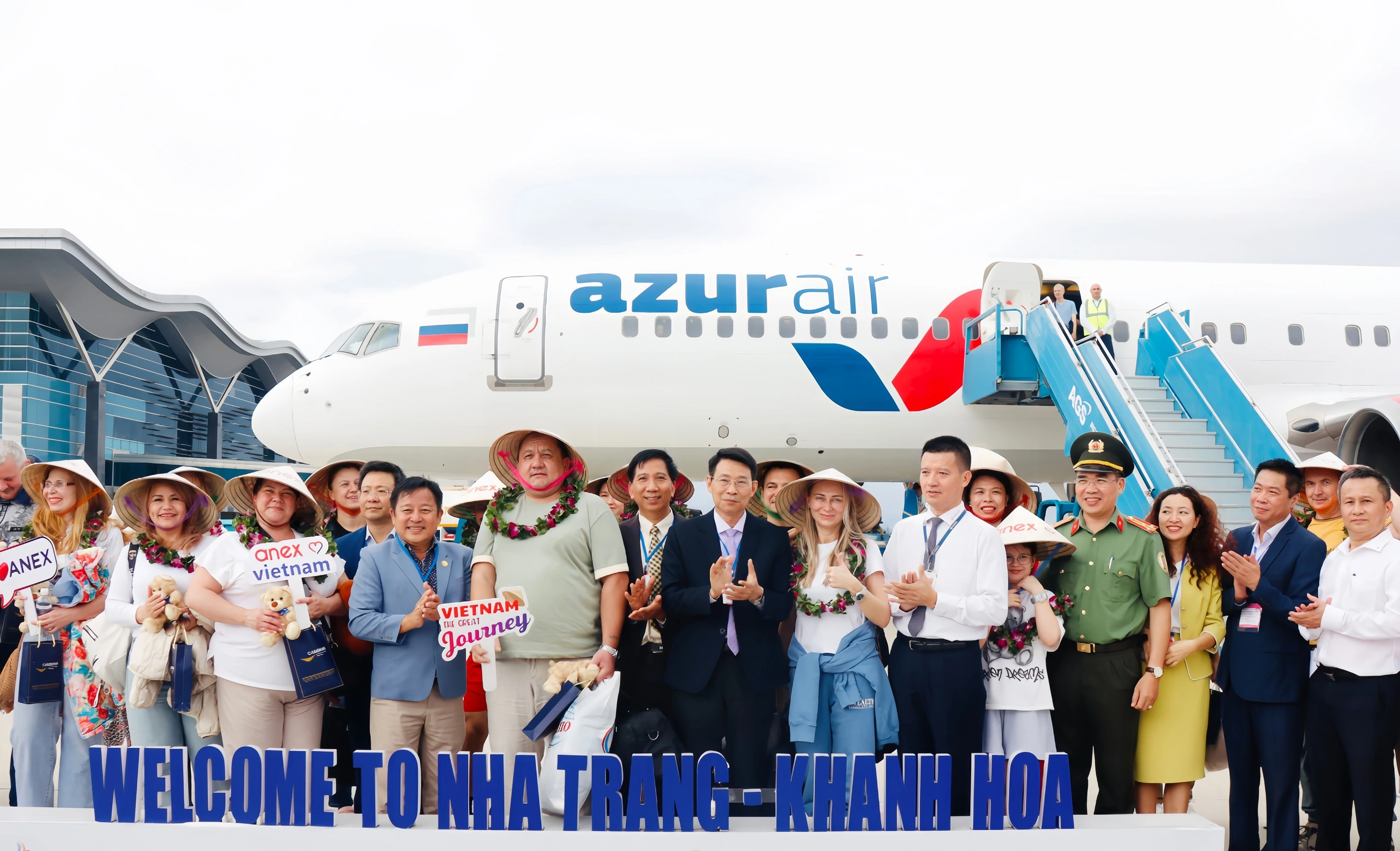

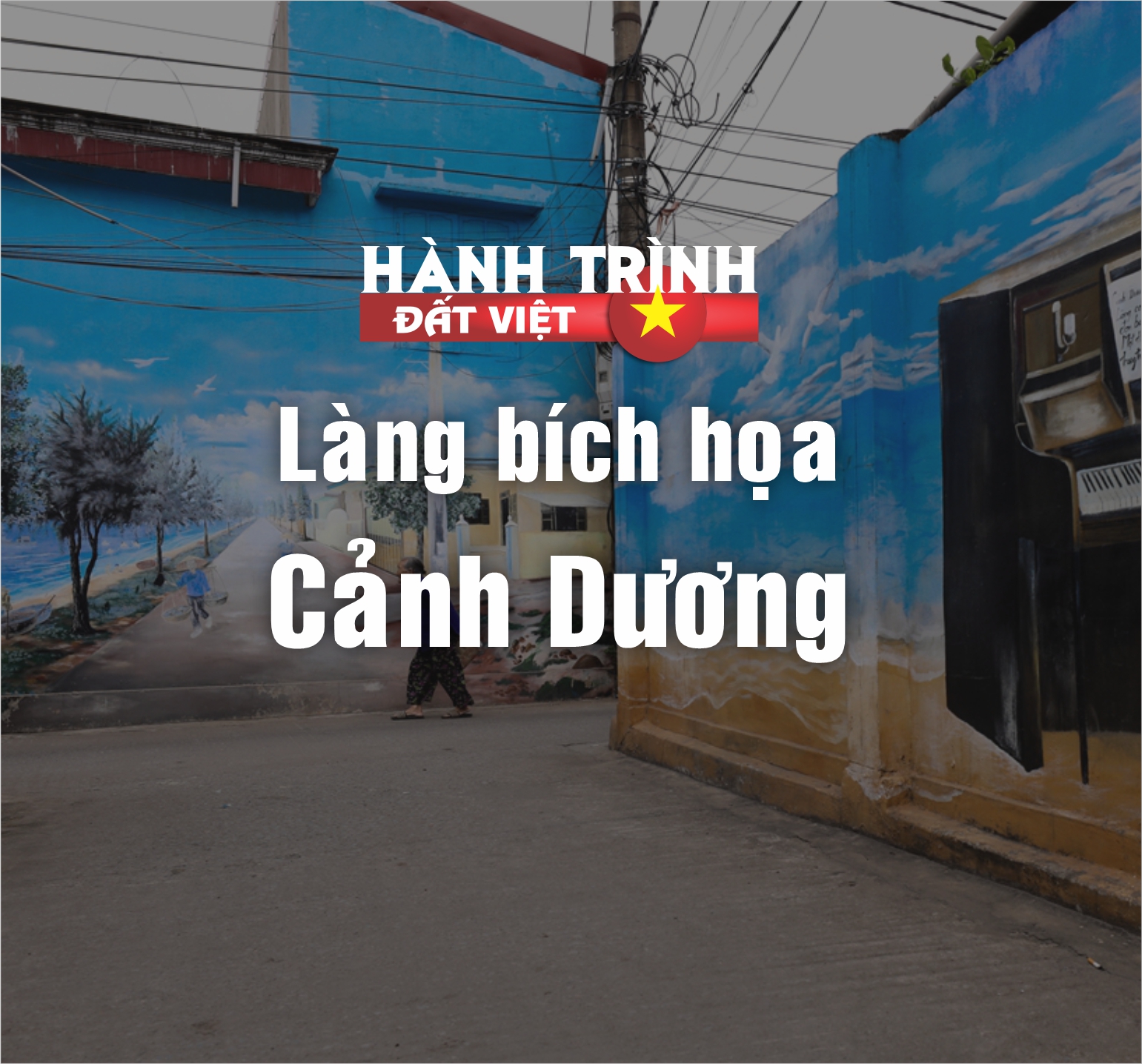

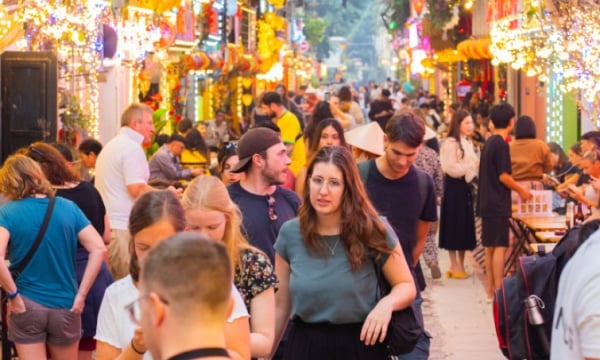

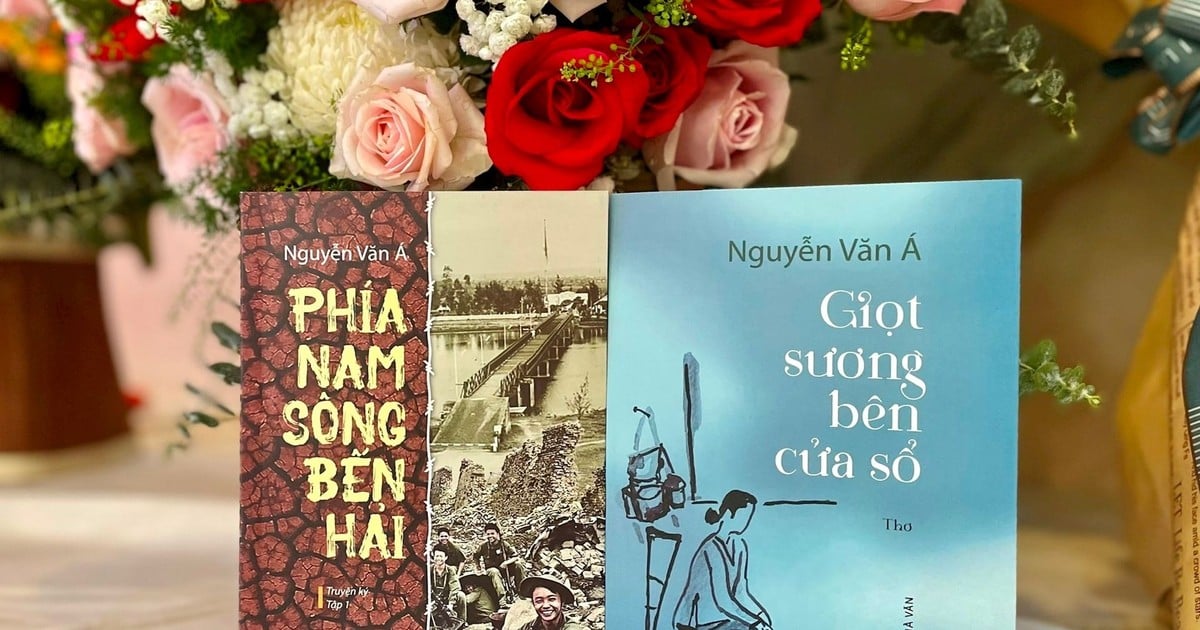
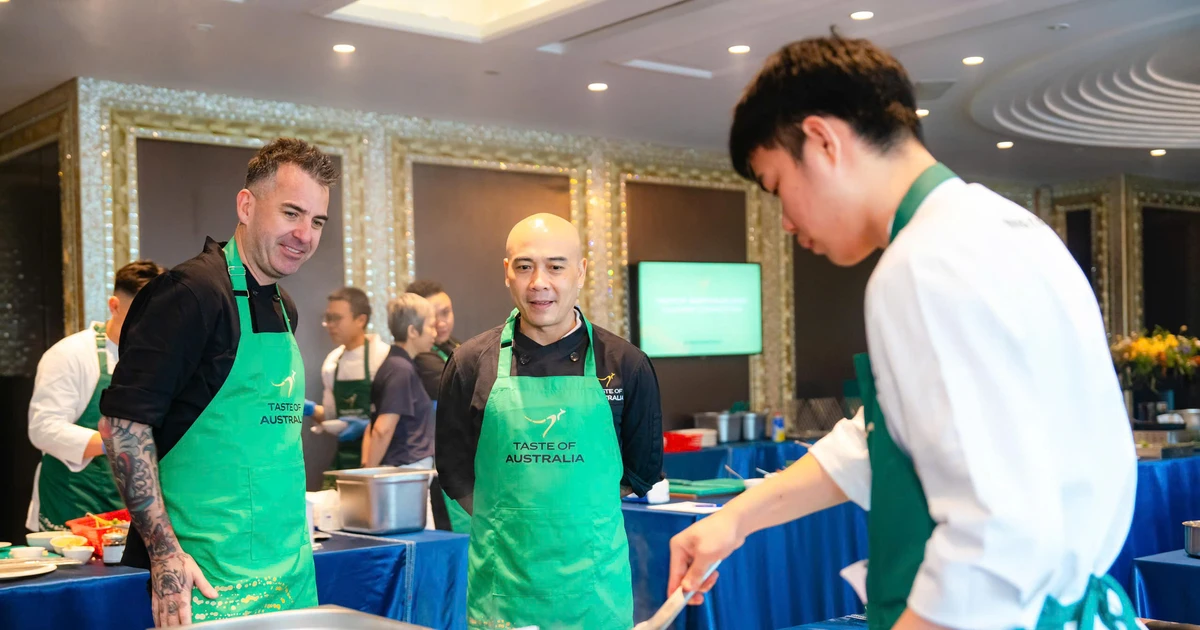
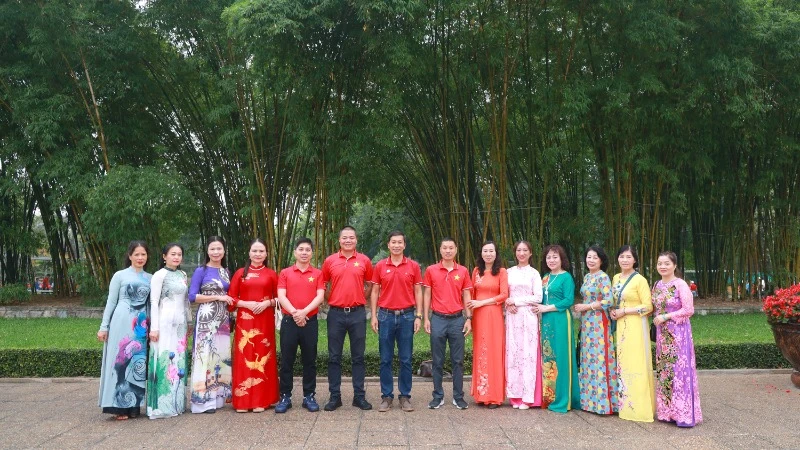


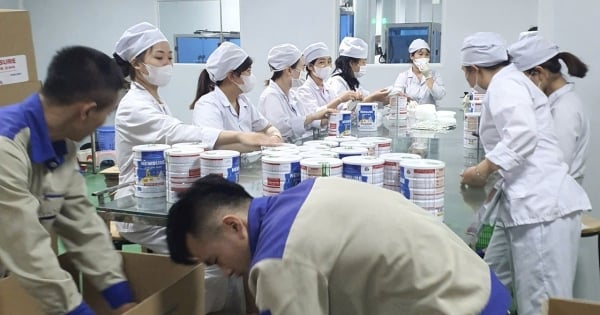


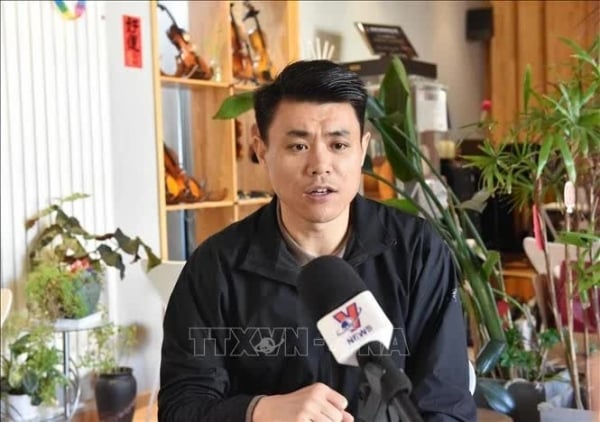




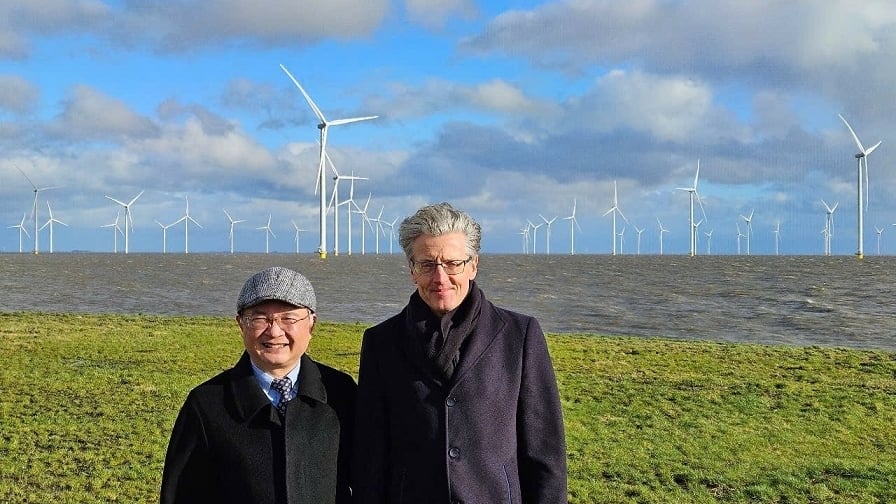













































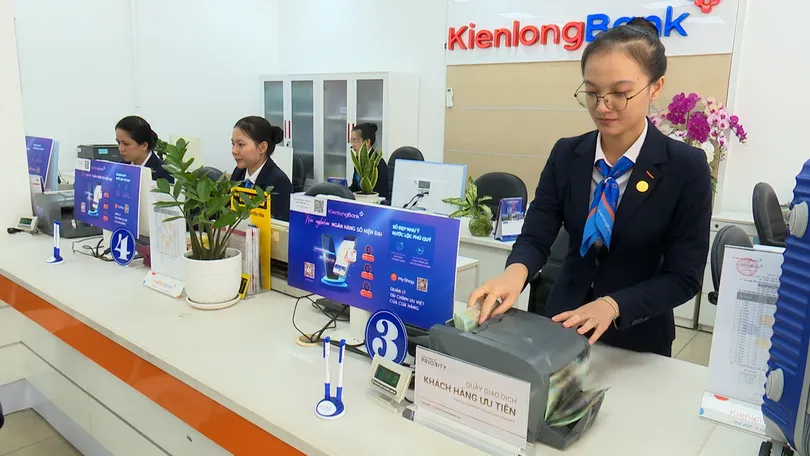
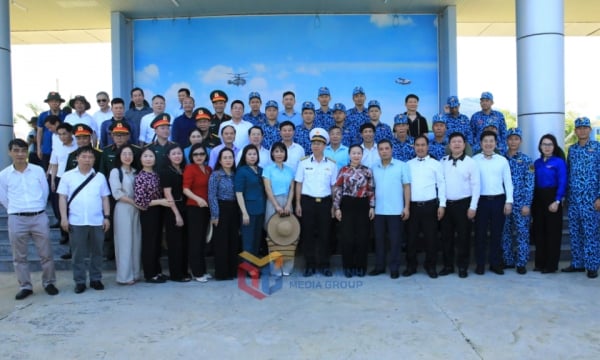
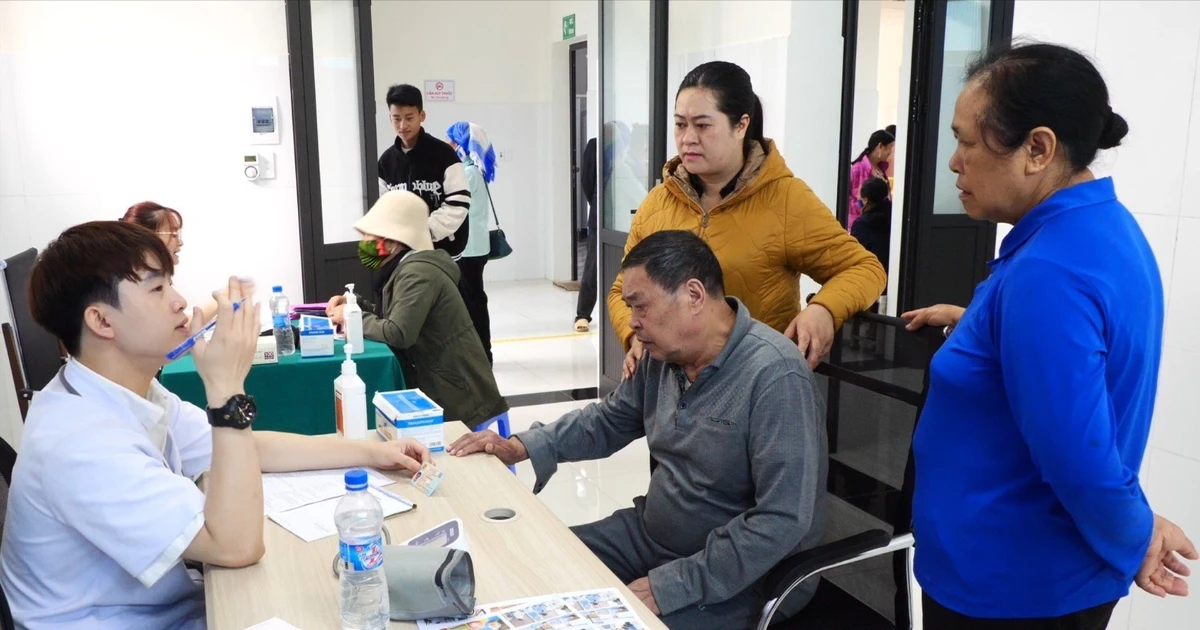














Comment (0)